Is This The End of the Mega-Influencer Era?
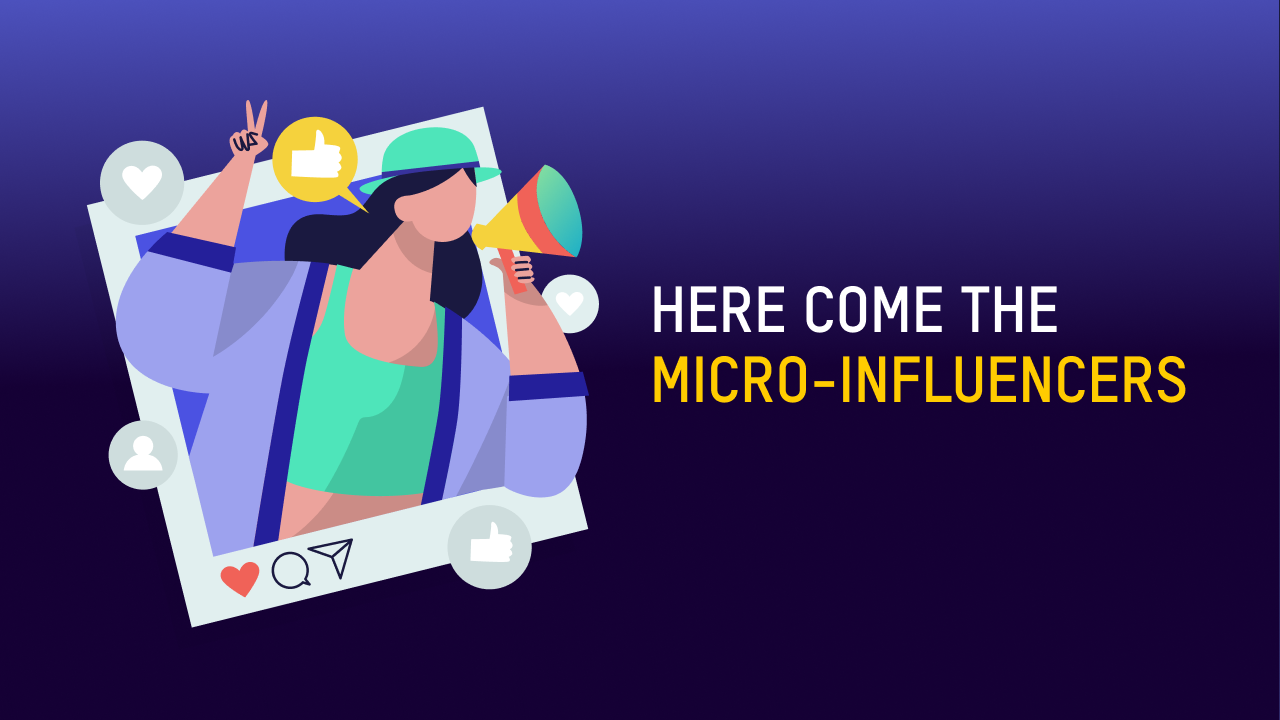
Frankly, size just doesn’t matter anymore.
The modern consumer wants one thing more than ever: connection. About 64% admit to seeking real, deep connections from brands after the pandemic (SproutSocial). Apparently, brief and purely transactional interactions no longer cut it. Consumers want to interact with brands at a more personal level and feel as if their individual needs and desires are recognized and understood.
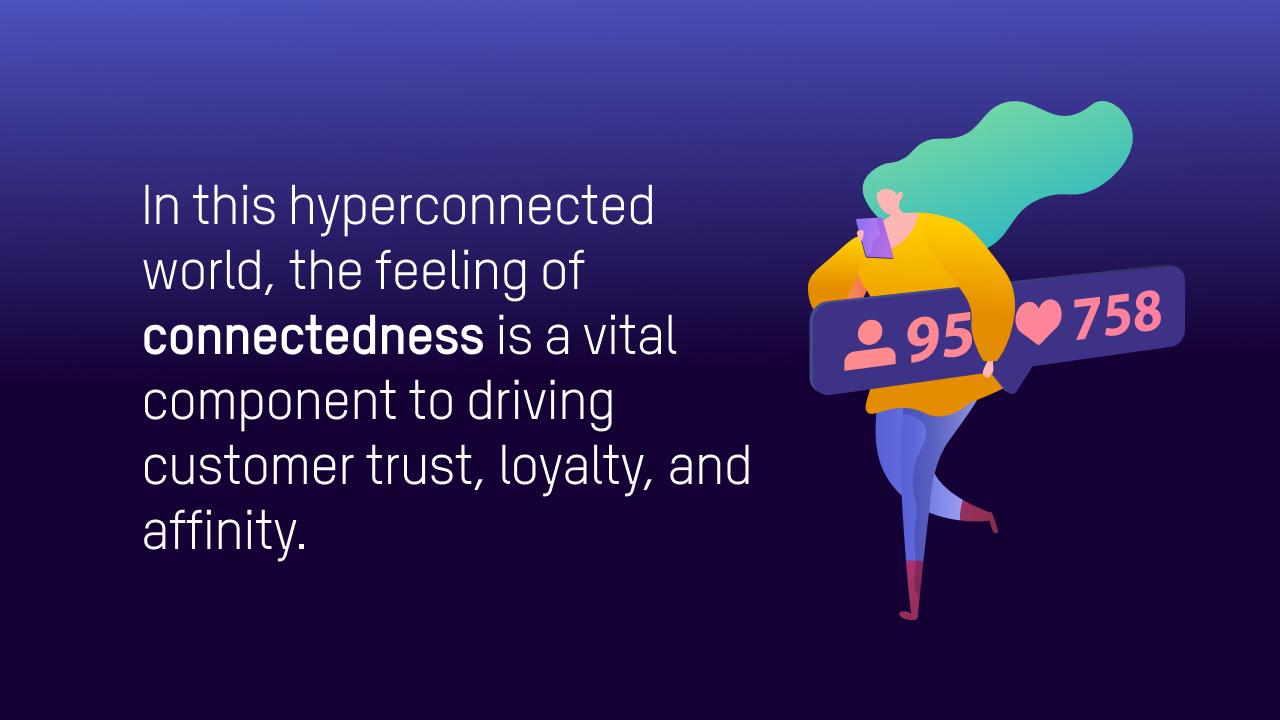
In this hyperconnected world, the feeling of connectedness is a vital component to driving customer trust, loyalty, and affinity. So brands that are adept at establishing rapport with their customers online are likely to see long-term success with their marketing efforts.
Because of this, more and more companies have their eyes set on a greater goal: forming more genuine and personal connections with their customers in the digital space. And this is where micro-influencers come in.
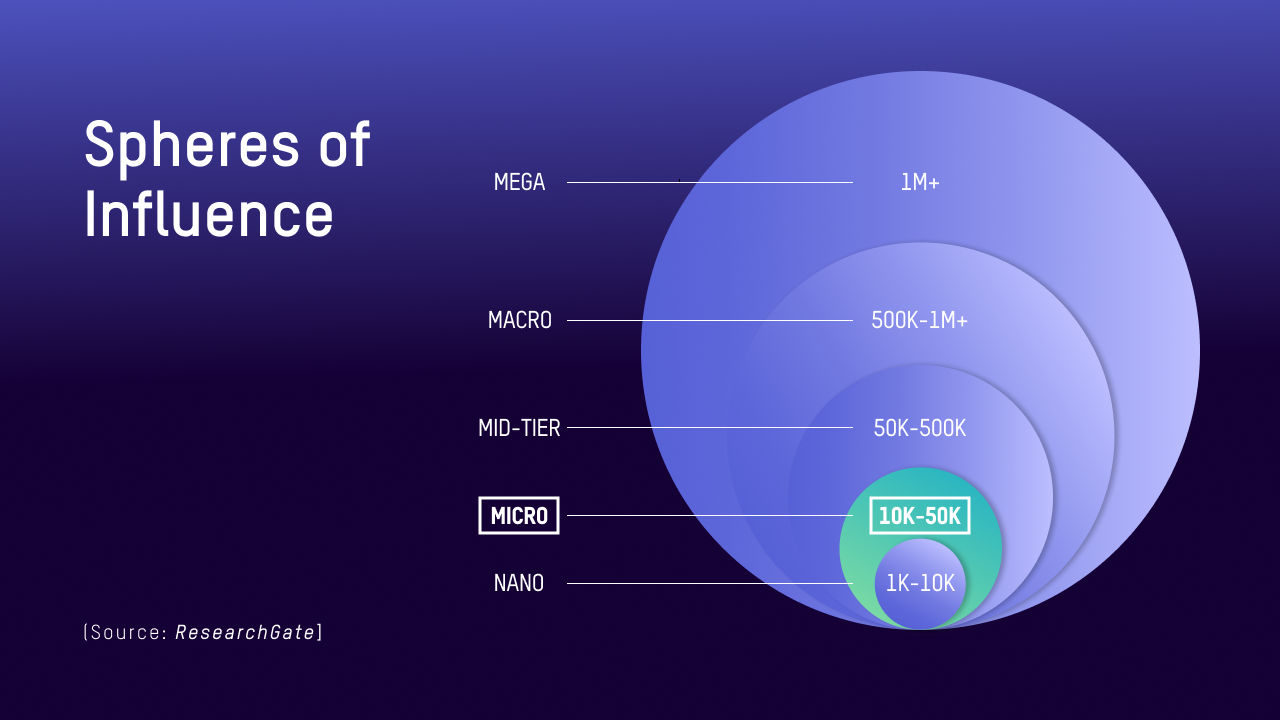
The Smaller, The Better
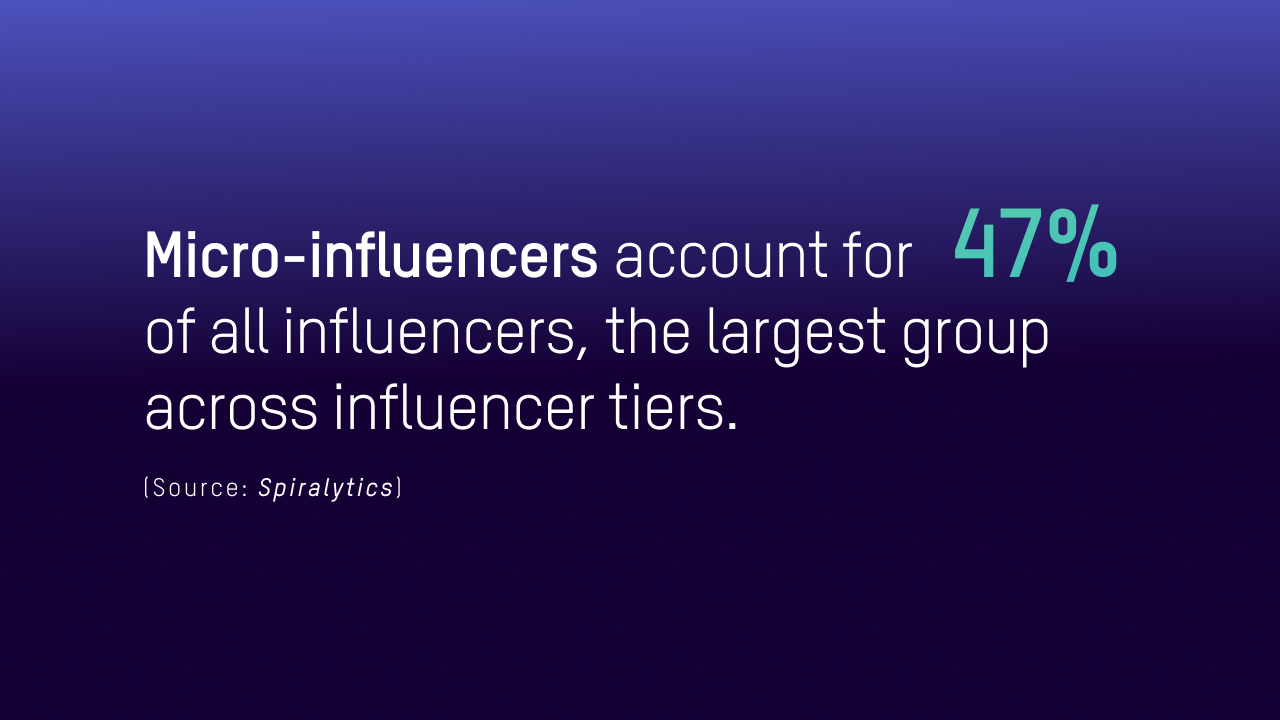
Micro-influencers are spreading like wildfire on social media—YouTube, TikTok, and Instagram are filled with them. They now account for 47% of all influencers, the largest group across influencer tiers (Spiralytics).
Consumers crave real connections nowadays. And they expect authenticity above all else. In fact, a good 88% of consumers consider authenticity to be a deciding factor when supporting a personality or a brand (Stackla).
This is why A-list celebrities and mega-influencers are making less of an impact on buying decisions. For consumers, there’s not much relatability and realness with mega-influencers compared to micro-influencers. In fact, 88% prefer online personalities who are real, unfiltered and care about their passions and interests (Morning Consult).
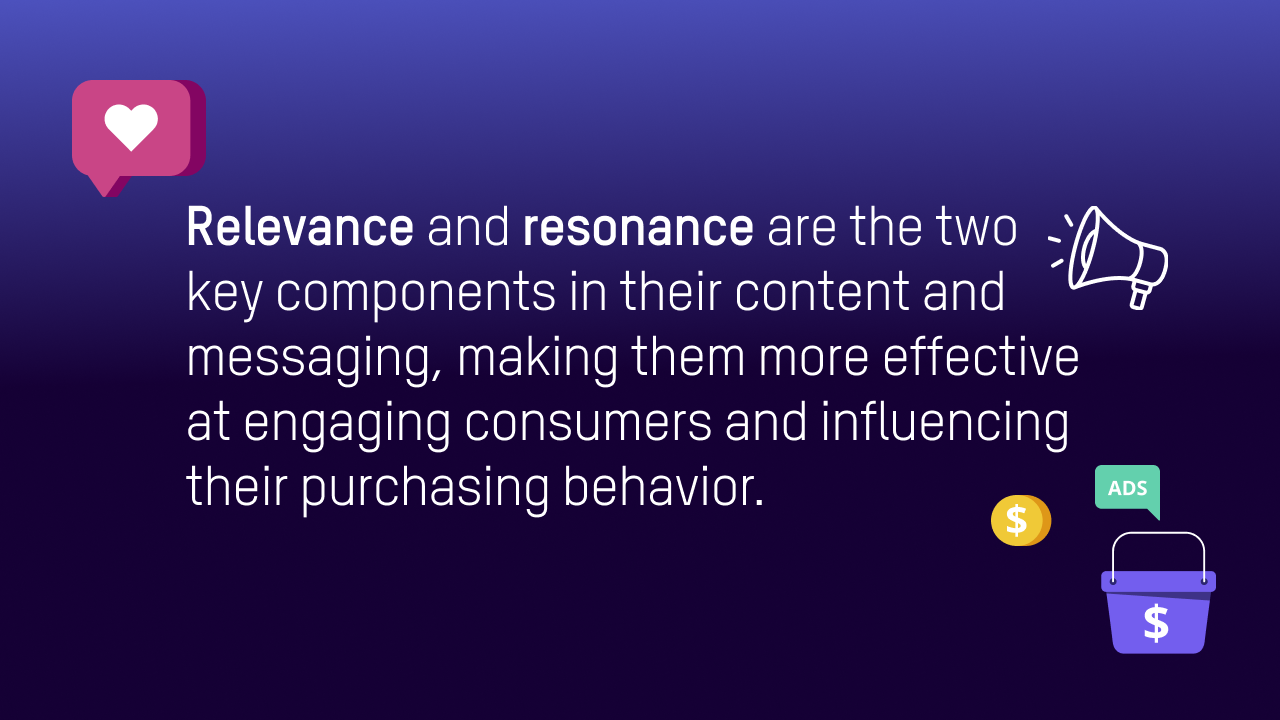
To consumers, micro-influencers are more relatable. Relevance and resonance are the two key components in their content and messaging, making them more effective at driving purchasing behavior.
And the fact that they share the same interests and hobbies as their followers adds to their credibility. Since they serve a smaller market, they appear more accessible, and in turn, more genuine in the eyes of their followers.
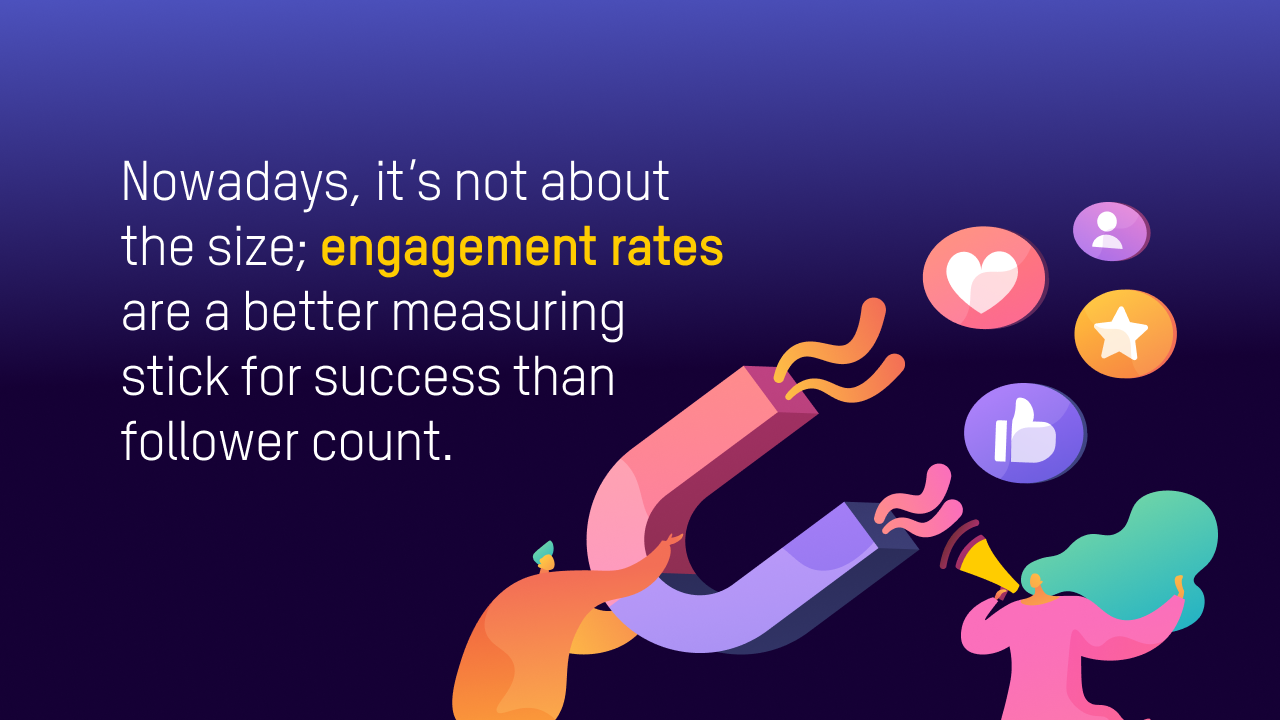
When using micro-influencers, brands notice a 60% increase in engagement and 20% increase in conversions than when using macro-influencers (Emplifi). Nowadays, it’s not about the size; engagement rates are a better measuring stick for success than follower count.
The End of an Era?
So does this mark the end of the mega-influencer era? All signs point to yes.
It appears that brands are moving away from mega- and macro-influencers and investing more in micro-influencers. Not only are these individuals proven to be more effective in driving consumer choice, they’re far cheaper.
Expect to see more brands forming niche-specific partnerships with micro-influencers and exploring a wide range of marketing formats to reach their consumers.
Aside from organic in-feed content and Stories, micro-influencers are expected to utilize more live streams and short-form videos to make their interactions more personal and interactive (Social Media Marketing).
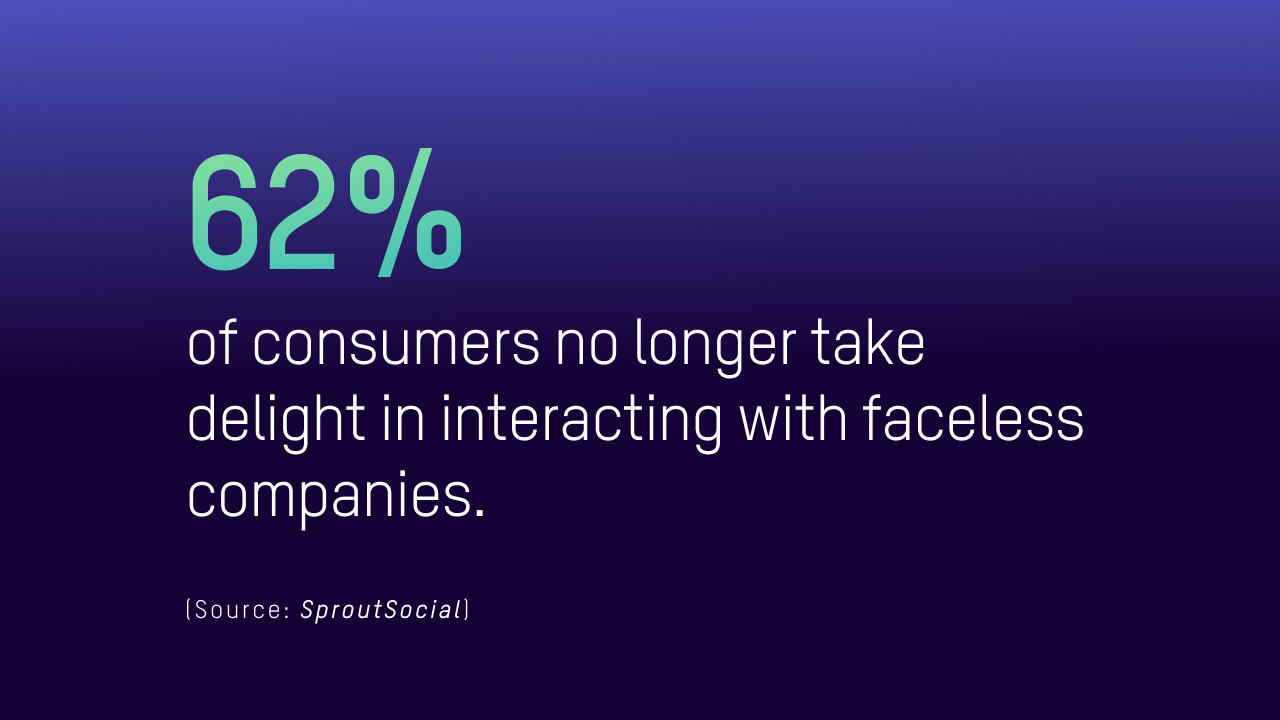
Apart from influencer marketing, another approach that brands will use heavily this year is employee advocacy. Most consumers (62%) no longer take delight in interacting with faceless companies (SproutSocial).
They want to connect with individuals who keep their favorite brands running (SproutSocial). They prefer brands with an active online presence as consumers get the impression that there are real people behind the brand.
These employee-centric campaigns give a human touch to brands. In a way, it’s a form of consumer-created and brand-created content, which many consumers (59%) consider the most authentic type of content (Stackla).
As the appetite for these types of efforts grows stronger, we’ll be seeing more of these employee advocacy campaigns in the coming months.
Indeed, this just proves that bigger is not necessarily better.